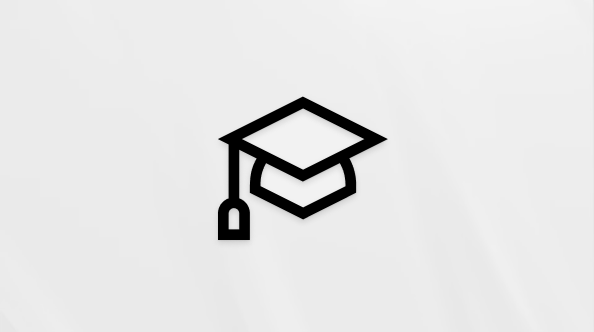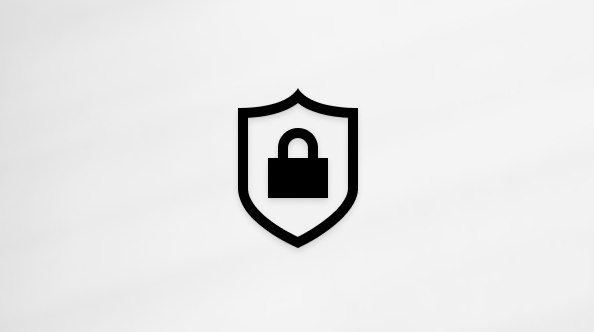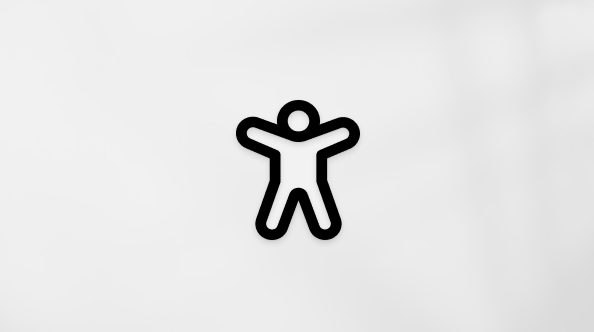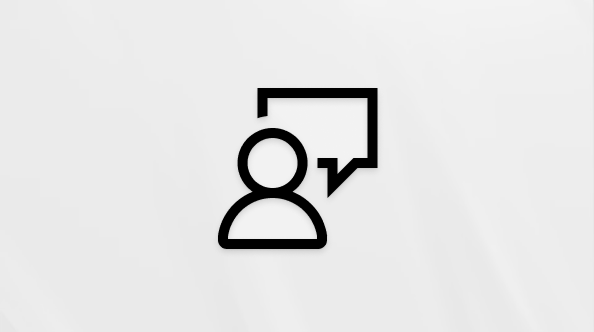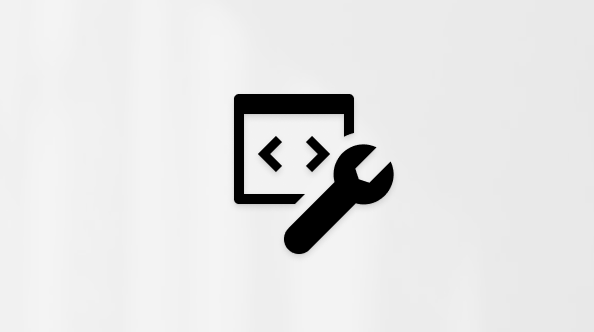Note: The availability of the features described in this document depends on your license and the configuration of your system. For more information, contact your administrator.
Microsoft Dragon Copilot organizes your content by sessions; each patient encounter is related to a session, which contains all recordings, transcripts, notes, etc. that are associated with that encounter. The name of the current session is displayed at the top of the main window, to the left of the Timeline tab.
Work with the session list
To display/hide the session list, select the session list icon
Dragon Copilot mobile only: When you open Dragon Copilot, the session list is displayed; you must select or create a session to be able to proceed to the app's main window. To return to the session list, select the back arrow icon to the left of the session name displayed at the top.
Dragon Copilot desktop only: In compact view, only limited session-related functionality is available. To create a new session, select the new session icon
The following information is displayed in the session list for each session:
-
The session name.
-
The creation date and time.
-
The description (using the first 125 characters of the transcript or the first memo created in the session).
A session can be in one of the following states:
-
Pinned to the top of the list, marked with the pin icon
-
Read/unread; unread sessions are displayed in bold and marked with a blue dot.
-
Archived, marked with the archive icon
-
Dragon Copilot mobile only: Cached, if your mobile device is offline; marked with the offline icon
-
Dragon Copilot mobile only: Upload pending, if you added a recording to a cached session; marked with the upload pending icon .
The following actions are available in the session list:
-
Create a new session. Select New session at the bottom; to change the default session name, select the edit icon next to the session name at the top, edit the name and select Save on the right. Dragon Copilot desktop only: In compact view, select the new session icon
-
Open an existing session by selecting it in the list.
-
Search for a specific session. In the search field at the top, enter (via voice or keyboard) the session name, patient name or part of the description.
-
Filter the session list. Select the filter icon
-
Sort the session list. Select the sort icon
-
Pin a session to the Pinned section at the top of the session list. Select the vertical ellipsis icon on the right of the session card and select Pin/Unpin; in Dragon Copilot mobile, swipe right and select the pin icon .
-
Mark a session as read/unread. Select the vertical ellipsis icon on the right of the session card and select Mark as read/Mark as unread; in Dragon Copilot mobile, swipe right and select the read/unread icon .
-
Archive/Unarchive a session. Select the vertical ellipsis icon on the right of the session card and select Archive/Unarchive; in Dragon Copilot mobile, swipe left and select the archive icon
-
View your archived sessions. Select the filter icon
-
Delete a session. Select the vertical ellipsis icon on the right of the session card and select Delete; in Dragon Copilot mobile, swipe left and select the delete icon .
View session details
To see detailed information on the current session, select the vertical ellipsis icon at the top right of the main Dragon Copilot window and select Open session details. Here you find the following information:
-
The name and creation date and time of the session. You can edit the name in the Session name field; if you're working with the embedded version of Dragon Copilot, the session name is identical to the patient's name provided by the EHR and can't be changed.
-
The details of the patient (for example, the patient's name and date of birth). If you're working with the embedded version of Dragon Copilot, the patient details are retrieved from your EHR and can't be changed.
-
The details of the note created for the session (for example, creation date and time).
-
The details of the recordings associated with the session (for example, recording start and stop time).
-
In the Application diagnostics area at the bottom, information that might be needed if you require technical support: Select the copy icon to copy the corresponding ID to the clipboard; then provide it to your administrator or technical support.
Work with the dictation clipboard
The Dictation clipboard session is a special type of session, permanently pinned to the top of your session list, that captures text dictated in an unsupported environment. If your cursor wasn't placed in an editable field or if the field it was placed in isn't fully supported, Dragon Copilot writes the text in the dictation clipboard as a new memo. From there, you can copy and transfer it to your EHR.
Dragon Copilot desktop only: You can also configure Dragon Copilot to write the text in the unsupported environment instead; in this case, only basic dictation functionality is available. When the cursor focus is in a field that only supports basic dictation, the microphone icon changes:
The Dictation clipboard session doesn't have any tabs; however, it offers the same functionality as the Memo tab does in other sessions. For more information, see: Work with memos.
Important: Make sure you transfer any text stored in the dictation clipboard before you sign out; otherwise, Dragon Copilot clears the dictation clipboard, deleting any text.














